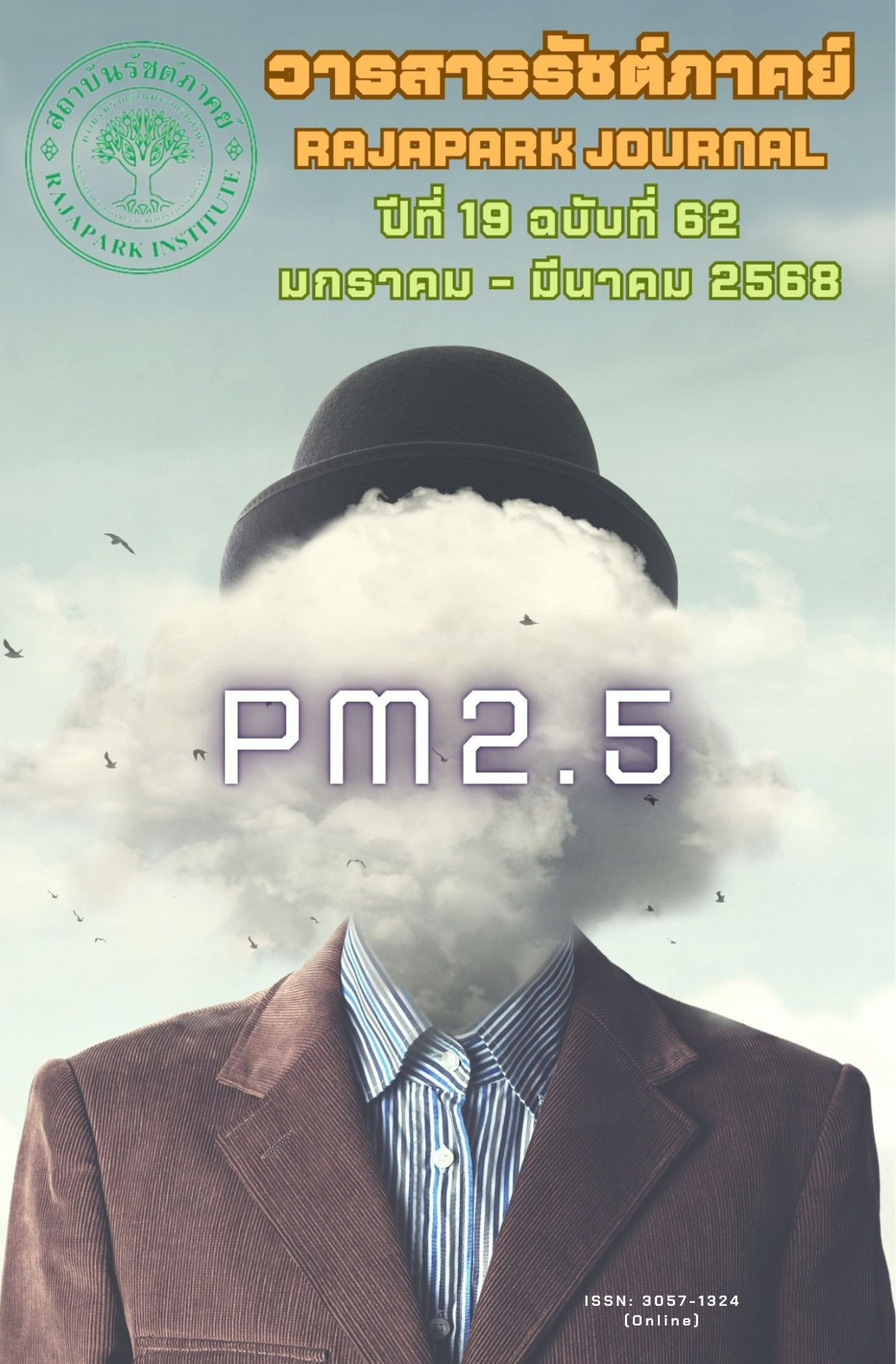The Development of Scout Activities Management with Participation for School in Tha Chang Network Under the Surat Thani Primary Educational Service Area Office 2
Main Article Content
Abstract
The objectives of this study were: 1) to study the operational conditions of the Boy Scout Administration, 2) to develop the Boy Scout management processes, and 3) to evaluate the results of the development of the Scout activities management with participation for schools in Tha Chang Network under the Surat Thani Primary Educational Service Area Office 2. The research process consists of 1) studying the operational conditions of the Boy Scout administration. The population includes educational institution administrators and responsible scouting teachers, totaling 158 people. The tool used for data collection is a questionnaire. 2) The development of scout management processes using action research consists of three steps: Plan, Act, Observe, and Reflect. Target groups include educational institution administrators and responsible teachers, specifically scouting teachers, totaling 34 individuals. A knowledge test will be administered, and the t-test will be used as the statistical method. The tools used are skills assessment and satisfaction assessment form. Data were analyzed using basic statistics, including mean and standard deviation. The research results found that 1) The condition of scouting administration was at a moderate level overall and in each aspect. 2) Results of the development of the scouting administration process found that the average value after development was higher than before development. Statistically significant at the .01 level, and 3) the development evaluation results and satisfaction were at the highest level with an average of 4.82
Article Details

This work is licensed under a Creative Commons Attribution-NonCommercial-NoDerivatives 4.0 International License.
Views and opinions appearing in the Journal it is the responsibility of the author of the article, and does not constitute the view and responsibility of the editorial team.
References
Catherall, T.S. (1980). Varsity scouting: an evaluation of it’s potential as an alternative for 14 and 15 years-old boys. SCRIBD. https://www.scribd.com/document/716710043/Varsity-Scouting-An-Evaluation-of-Its-Potential-as-an-Alternative-for-14-and-15-Year-Old-Boys
Cohen, J., & Uphoff, N. (1977). Rural development participation: concepts and measures for project design, implementation and evaluation. Cornel University, Ithaka.
Fayol, H. (1949). General and industrial management. Sir Isaac Pitman & Son.
Kaewpudpong, K., Boonchit, Y., & Jaroensuk, B. (2021). The development of a boy scout management manual in primary schools in the basic education school network Phunphin 1 under the primary educational service area office Suratthani 2. Journal of the Association of Researchers, 26(4), 351-365. https://so04.tci-thaijo.org/index.php/jar/article/view/251337
Kemmis, S., & McTaggart, R. (1992). The action research planner (3rd ed.). Deakin University.
Ministry of Education. (2008). Basic Education Core Curriculum B.E. 2551 (A.D. 2008). http://academic.obec.go.th/web/news/view/75
Pearse, A., & Stifel, M. (1979). Inquiry into participation—a research approach, popular participation program. United Nations Research Institute for Social Development.
Siphika, S. (2017). Guidelines of boy scout instruction for elementary school[Master’s thesis, Chulalongkorn University].
Sodadee, A. (2016). The role of administrators in leading and managing good scouts in schools under the Secondary Education Service Area Office 9[Master’s thesis, Silpakorn University].
Temwanawan, R. (2020). Boy Scouts activity administration guidelines for Tabtai school cluster under Prachuapkirikhan primary educational service area 2[Master’s thesis, Silpakorn University].


